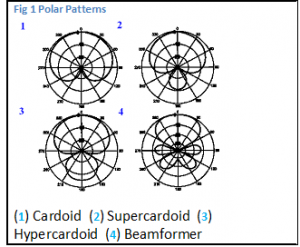Adaptive Directional
Directional microphone processing effectively reduces the cognitive load of listening to speech in background noise. This is significant because it is likely that listeners with hearing impairment will frequently encounter noisy speech in their everyday communications.

